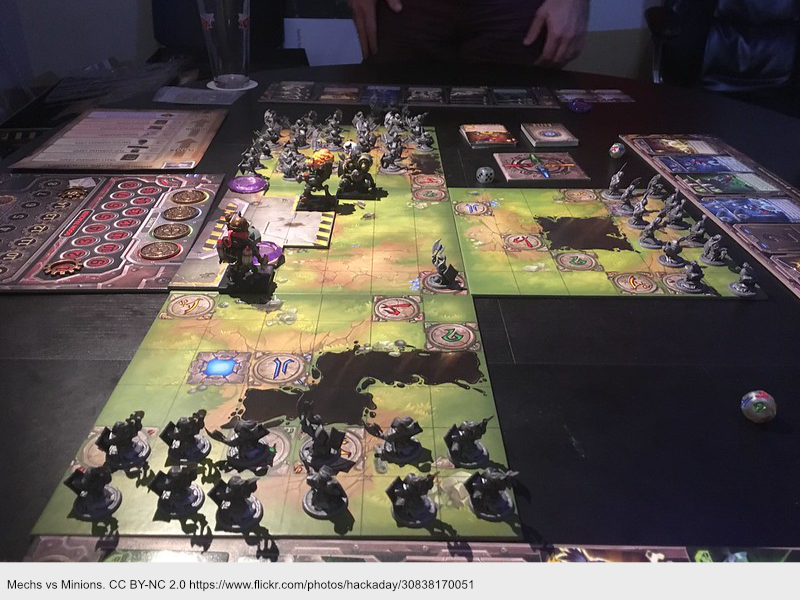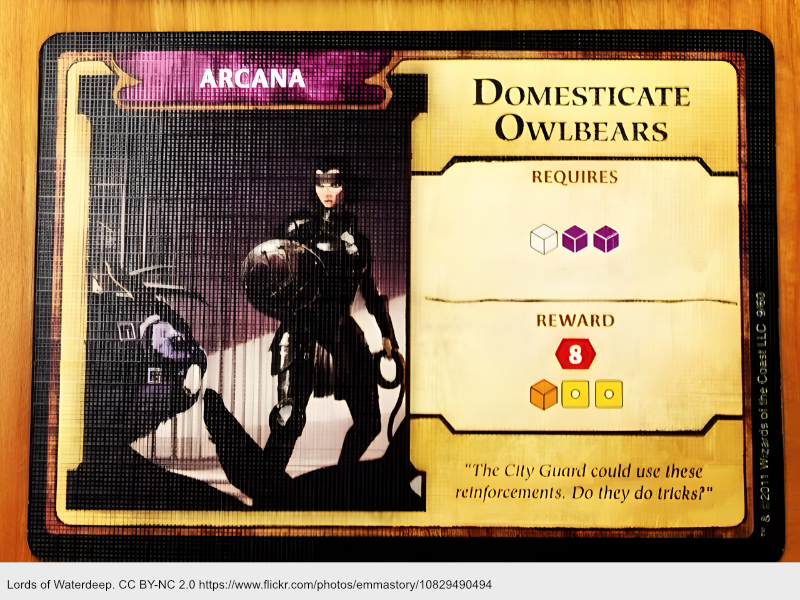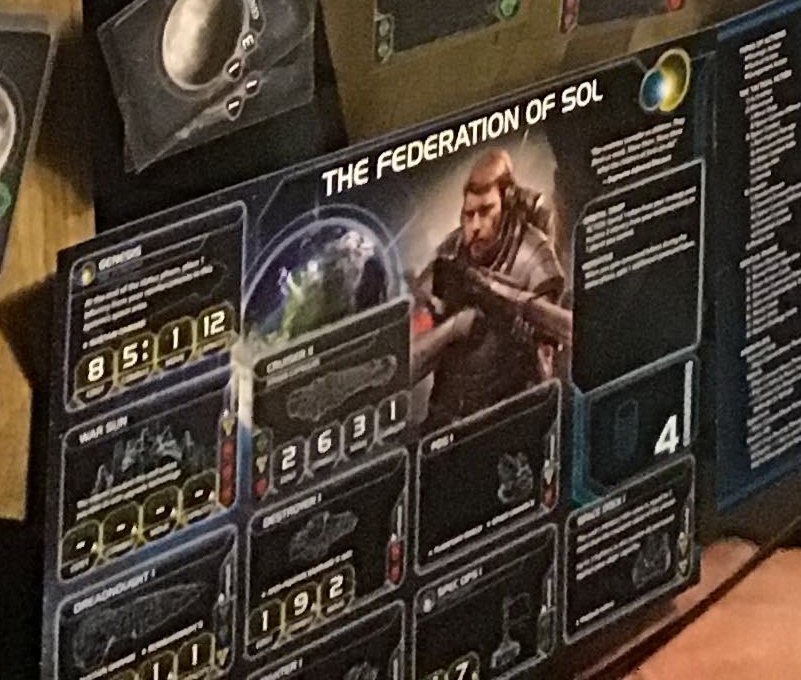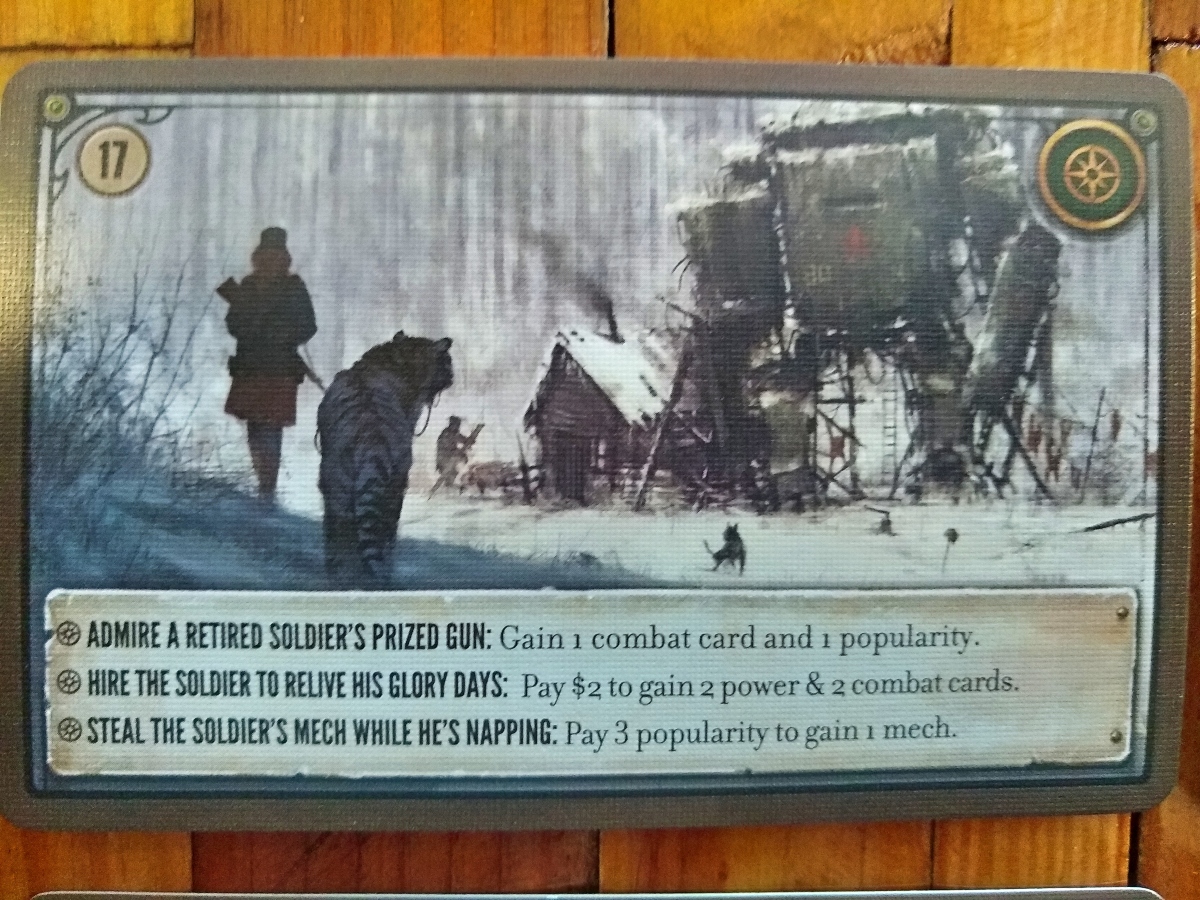Watching Dune (finally!) got me thinking. World-building is a key aspect of storytelling, and it can take many different forms. In tabletop games and movies, world-building is an essential part of creating a compelling narrative. However, there are some significant differences in how world-building is approached in these two mediums. Let’s explore the differences between world-building in tabletop games and world-building in movies.
Coherence and storylines
Tabletop games, and quite especially role-playing games, have players take on the roles of characters within a fictional world. A coherent vision emerges from the starting point set by the game designer, developers, artists, and others who work with the publisher. Defining the art direction is an important part of this, mainly because the art makes the vision visible to all and thereby generates discussion leading to a coherent vision of all.
The game master of an RPG (dungeon master or storyteller) adds detail to produce the world in which the game is set. This world-building is done collaboratively with the players, as they make decisions and take actions that shape the story. Players can, to some extent, extend that vision and even create new stories in an RPG.
A great RPG platform succeeds, therefore, by providing the raw materials for the game master’s and players’ vision. The components, and especially the art, need to be “remixable” in the sense that players need to be able to take the vision in many new directions. For a non-RPG game, in fact, the role of the components is even more important for sparking the players’ imagination.

In contrast, movies are a type of visual storytelling that typically involves a linear narrative. The world-building in movies is done by a team of writers, directors, designers, and other creative professionals. While there may be some collaboration between these individuals, the final product is typically a single vision that is presented to the audience, who has no role in extending the story.
A role for AI?
For twenty years, I’ve periodically heard about movie-makers designing choose-your-own endings to movies, or otherwise adding interactivity. It never happens. I think the reason is that creating a coherent vision, then manifesting it with rich audio-visuals in a movie, is so expensive that movie-makers haven’t had the resources to pursue multi-ending movies much.
With the rise of generative AI, however, I think this might change. Movie-makers could focus on creating a compelling world and storyline components, along with some custom content for the AIs to use. They’d then turn the AIs loose on generating innumerable coherent storylines from those resources. Initially, this could happen ahead of time, but eventually on-the-fly based on realtime user input as compute power increases.
Detail
One of the key differences between world-building in tabletop games and world-building in movies is the level of detail. In tabletop games, the world-building can be much more detailed than in movies. This is because the players are actively participating in the story, and they need to understand the world in order to make decisions about their characters. The game master will often create maps, describe locations, and provide detailed information about the history and culture of the world. And, then, the players also add detail to the world as they create and control their characters!
Moving from RPGs to non-RPG games presents a challenge in maintaining this level of detail. How to replicate all the different dimensions of a world in a game, while maintaining playability? Religion, Culture, Society, Politics, Fashion, Architecture, Art, Military, Economics, Science, Technology, and more. A game like Waterdeep attempts this by selectively boiling some aspects of the world down to affordable components linked (hopefully) to thematically-meaningful mechanics.

This level of detail is not always necessary in movies, as the audience is generally passive and may not need to know every detail about the world in order to enjoy the story. I didn’t need to know the stats on the power armor of the warriors. I just had to sit back and enjoy the show!
Pacing
The pacing of world-building is also different between tabletop games and movies. In tabletop games, again with an emphasis on RPGs, the world-building can be done gradually over the course of multiple sessions. The game master can introduce new elements of the world as they become relevant, and the players can explore the world at their own pace. This allows for a more organic and immersive experience, as the players are able to discover the world for themselves.
Shorter games run into a challenge here. How much detail can you really develop about a world in just 20-60 minutes? One solution is the campaign game. Another solution is to punt the shorter timeline and design a game that takes 20-60 hours, instead. (Not really, but close.)

In movies, the world-building must be done much more quickly, as the audience has a limited amount of time to understand the world before the story begins. This can sometimes result in a less immersive experience, as the audience may feel like they are being bombarded with too much information too quickly. Dune developed at a very good pace, I think, but it will need extending into a trilogy, in order to do the story justice.
Scope
The scope of the world-building is also different between RPGs and movies. In RPGs, the world-building is often focused on a specific area or region of the world. This allows for a greater level of detail and specificity, as the game master can create a rich and complex world in a smaller area.
In contrast, in movies, the world-building sometimes needs to be more broad and general, as the story may take place in multiple locations or even multiple worlds. This means that the world-building in movies may not be as detailed or specific as in tabletop games, but it can still be effective in creating a sense of immersion and believability.
I was struck by how Dune touched on religion at many points. But it was never especially deep. In contrast, an RPG could have players interact with (and develop) many aspects of religious or other cultural practices through the course of a game. It all depends on how deeply the game master and the players want to steer into one particular theme and topic within that theme.
Most tabletop games that explore an entire world, such as Scythe or Tapestry, get into the world about as deeply as a movie does. You never really get to know the details of any particular character (such as the personality traits of the animal buddies in Scythe). Maybe some of the campaign games, such as Sleeping Gods or Pandemic Legacy get into these details a little more, but I kind of doubt it.

Sensory immersion
Movies do have some advantages when it comes to world-building. The use of visual and auditory cues can help to create a sense of immersion and believability that is difficult to achieve in tabletop games. Players really need to use their imagination, especially for games that lean into less realistic art. And, few games have sound or video. A movie audience can see and hear the world in a way that is not possible in tabletop games, and this can help to create a more vivid and memorable experience.
Notes to self
- Common dimensions of world-building
- Religion
- Culture
- Society
- Politics
- Fashion
- Architecture
- Art
- Military
- Economics
- Science
- Technology
- Desiderata:
- Achieve player-extendible world-building WITHOUT an RPG
- Maintain a coherent storyline
- Provide rich components (art, video, sound)
- The immersion of a movie with the interactivity of a game?
